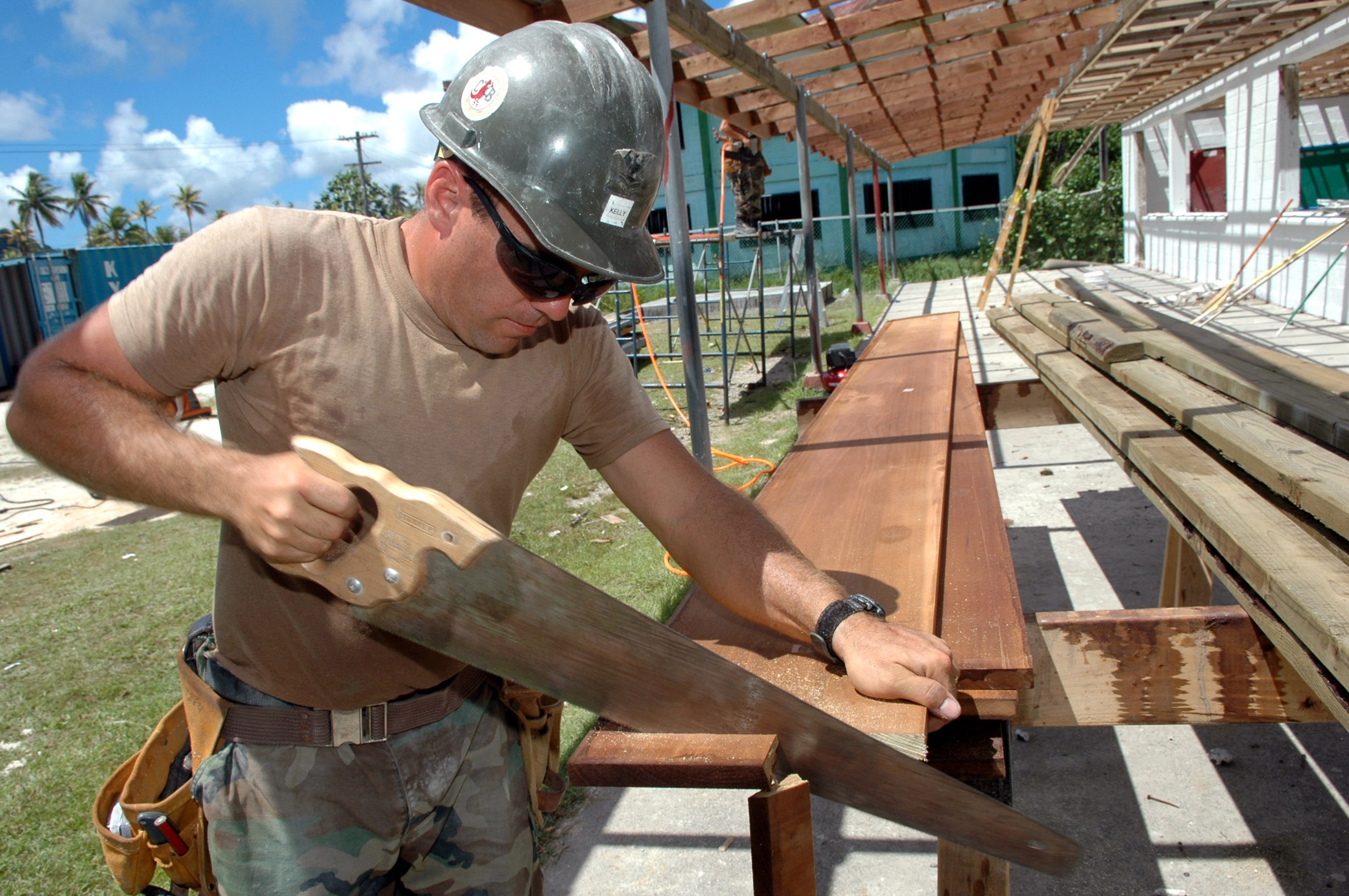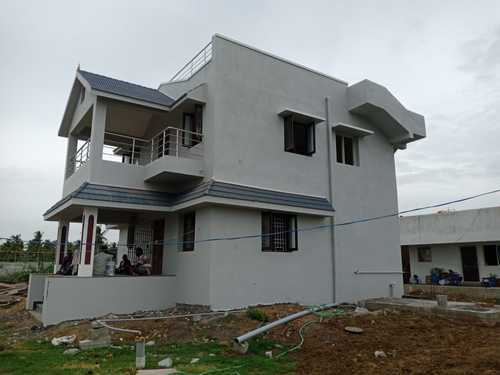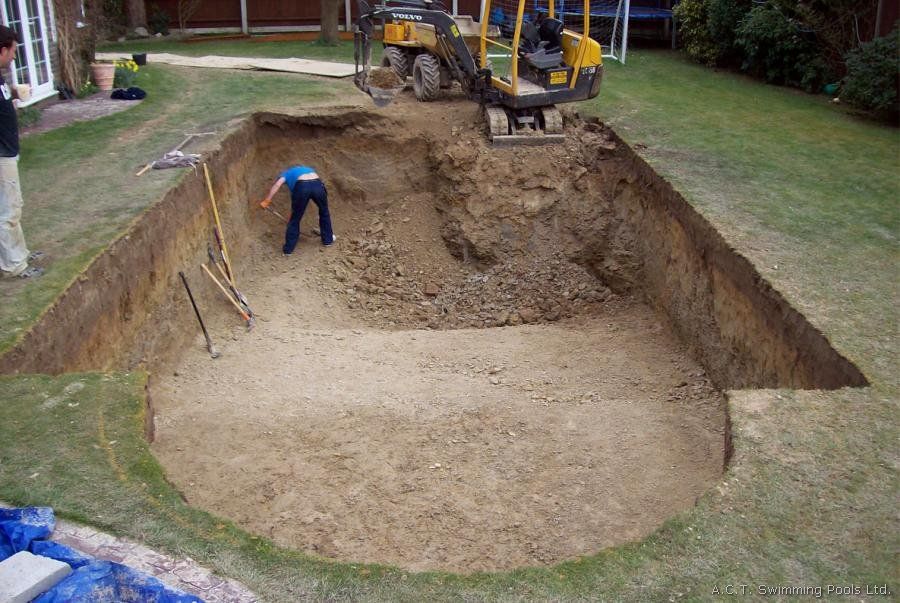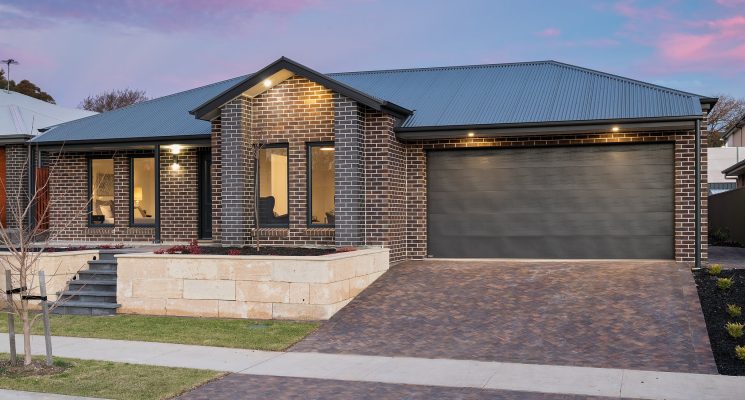How to Build a Fence in Orlando?
Your first priority for building up the fences should be hiring a contractor for Residential Fence Installation or other projects, But if you are one of DIYers, There are several steps to follow to create a solid fence. First, determine the outline of the fence. This includes the number of posts, end posts, center posts, and remaining posts. Once you have decided on the outline, you should place end posts at the end of horizontal planks. Horizontal planks should be 4 meters long and 1.8 meters high. Space planks evenly, leaving about 1.5 meters between each for a professional finish.
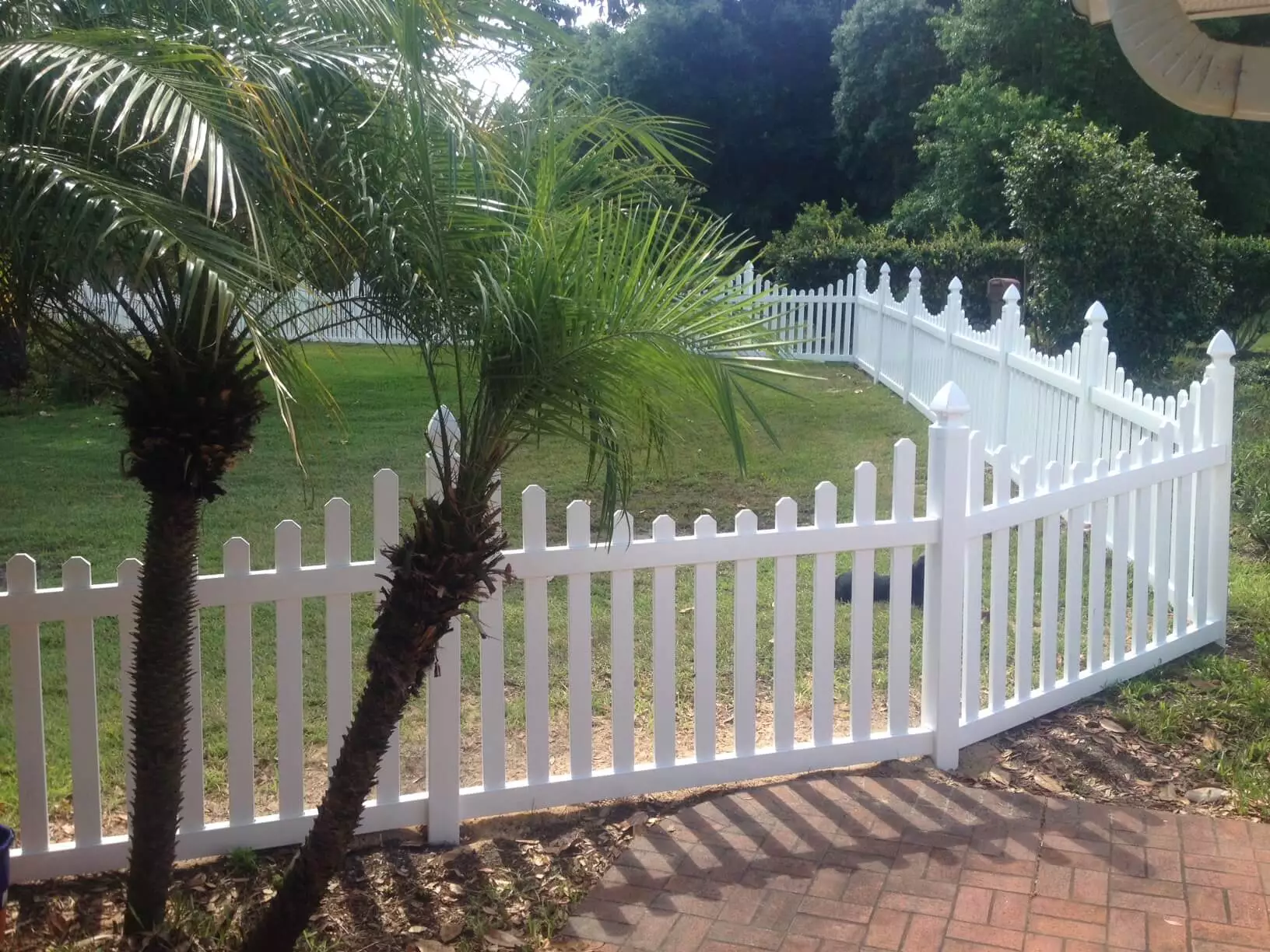
Next, determine the property line. While you may not need a building permit to build a fence, it is important to know the exact line. If there is a property line on either side of your fence, build the fence on your side of it. Make sure you notify your neighbors before you start. Lastly, know the material you want to use. Some fences can be made of several different materials, so make sure to research each one before you buy it.
Mark the perimeter of the fence by using smaller posts and pegs. Do not mark the perimeter of the fence with a string or other object that will move. Marking the perimeter with a cord is helpful for determining the spacing between fence posts. Otherwise, you risk breaking the fence post and causing it to collapse. Also, make sure that the ground is level before you start installing the posts. You can use a spirit level to help you do this.
Build a sturdy foundation. Using two-x4s or 6s as horizontal supports is an excellent way to prevent panels from sagging. Do not use logs or tree bark, as they degrade over time and will need to be replaced sooner than expected. Also, do not use cheap horizontal material, as this will cause the panels to sag. You must also choose materials with high UV resistance, such as composite wood or metal.
After the ground preparation, the fence posts should be set with concrete. After screwing them into place, mix the concrete with water and use a shovel to set them firmly. When you are finished, you can attach the fence rails and connect the fence posts. After the concrete has dried, you can begin building the fence. Aside from that, remember to clean the posts frequently and paint them every two or three years.
You may need to obtain planning permission or a permit for your project. Check local laws to ensure that the fence is permitted. You do not want to tear down your new fence because of some miscommunication about how to build it. If you are unsure about your property boundaries, you can check with your city hall. If there are any restrictions or regulations, you must follow the guidelines established by your city or county. You should check all these regulations to avoid making mistakes.
Before you begin, consider the materials that you want to use. You can choose a cheaper material such as spruce. Spruce pickets can be found for as low as $3 each, but spruce panels start at about $40. If you are not a skilled DIYer, consider buying vinyl fence panels, which are easy to install and come in a variety of colors. In addition, they do not require painting, and they last for many years.

I am Scott Miller and my love is writing about home improvement. I write mostly about home ideas, but also share some tips and tricks that can make your life easier when it comes to getting things done in the house.


